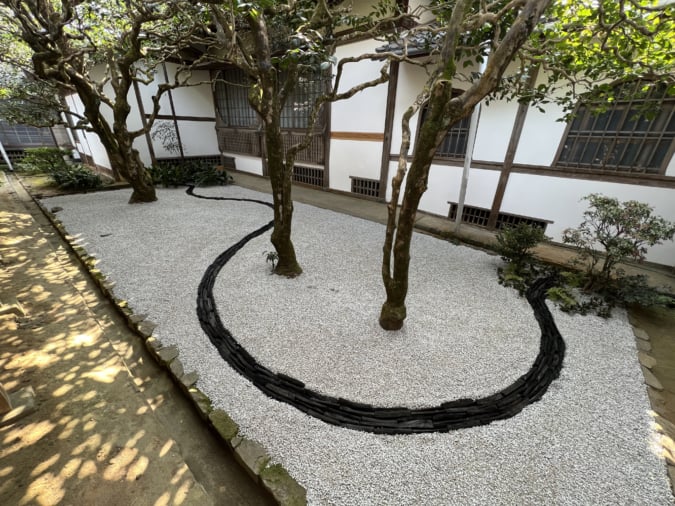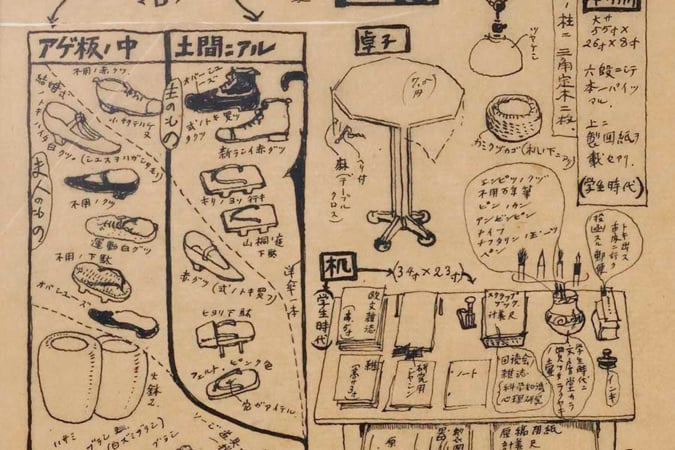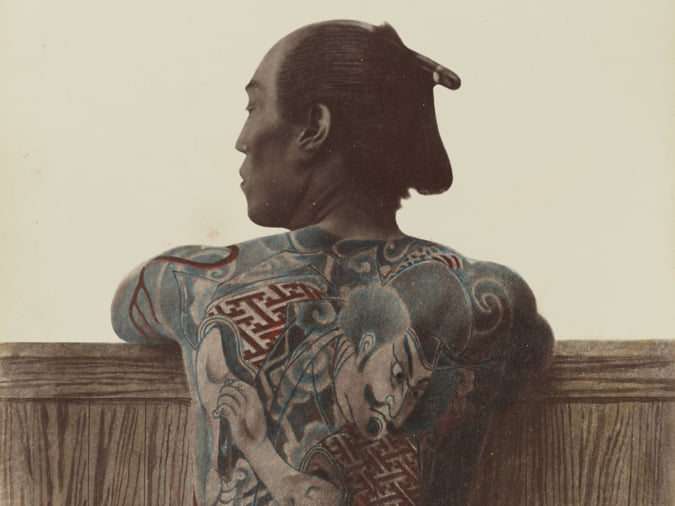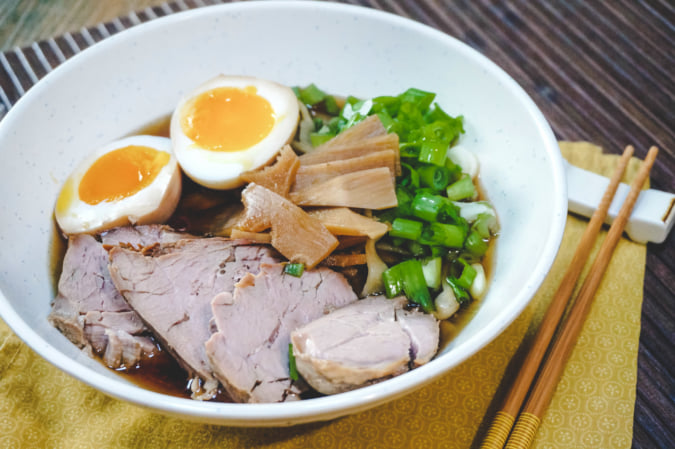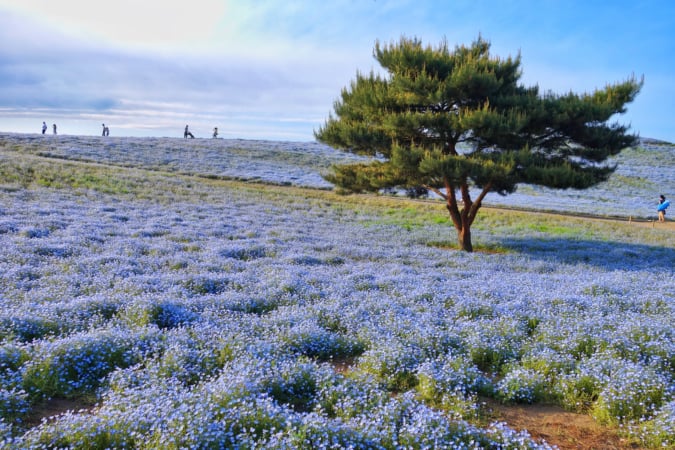The Influence of Japan on the Work of Van Gogh
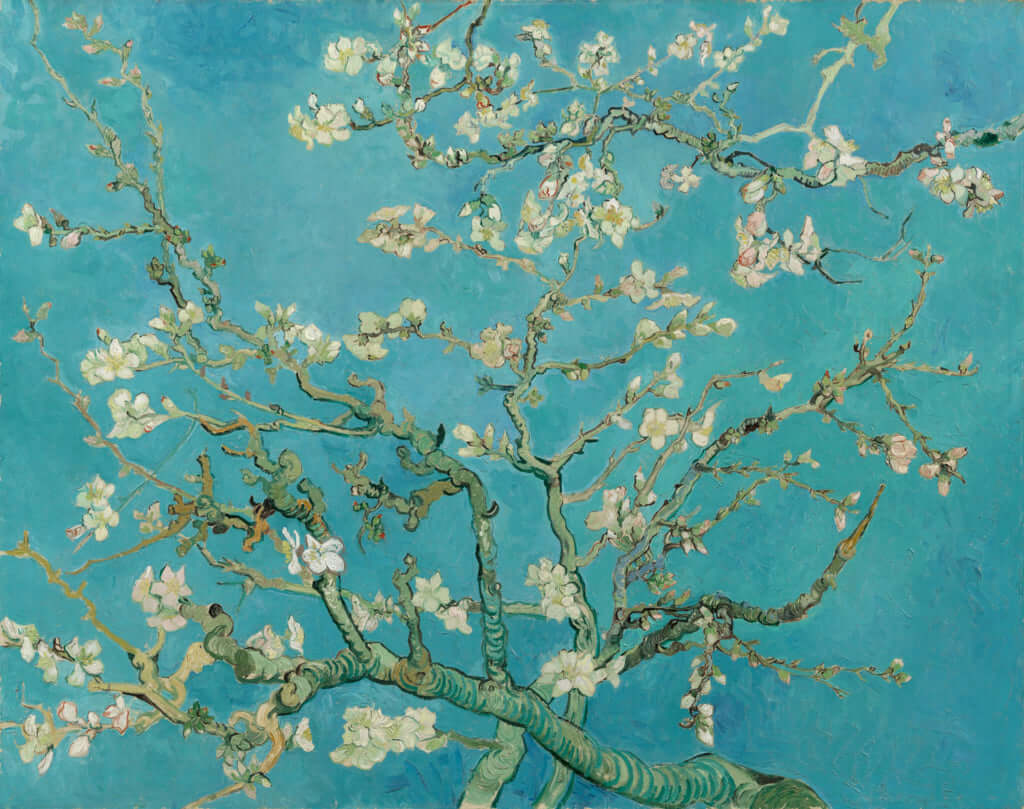
Courtesy of Van Gogh Museum, Amsterdam (Vincent van Gogh Foundation)
Last spring, the Van Gogh museum held an exhibition dedicated to the artist’s Japanese influences. Van Gogh owned a vast collection of ukiyo-e prints (600 to be precise), which had already been put on display back in 1971. These delicately coloured works were a huge source of fascination and inspiration to Van Gogh in his work as a painter.
Van Gogh became so bewitched by their enchanting aesthetic that he positioned himself as an artist from the Japanese tradition even before the term ‘Japanism’ emerged in art criticism in 1872.
His collection of prints had a considerable impact on his career as an artist, as can be seen from his Sower with Setting Sun and Almond blossom, which display the conventions of Japanese works.
Beyond flora, fauna and landscapes, Van Gogh, ever the perfectionist, also took up the techniques seen in Japanese engravings, which were characterised by their flat tints of colour and diagonal lines. Van Gogh thus created a unique style which communicates his enchantment with Japan and his Utopian Japanese ideal.
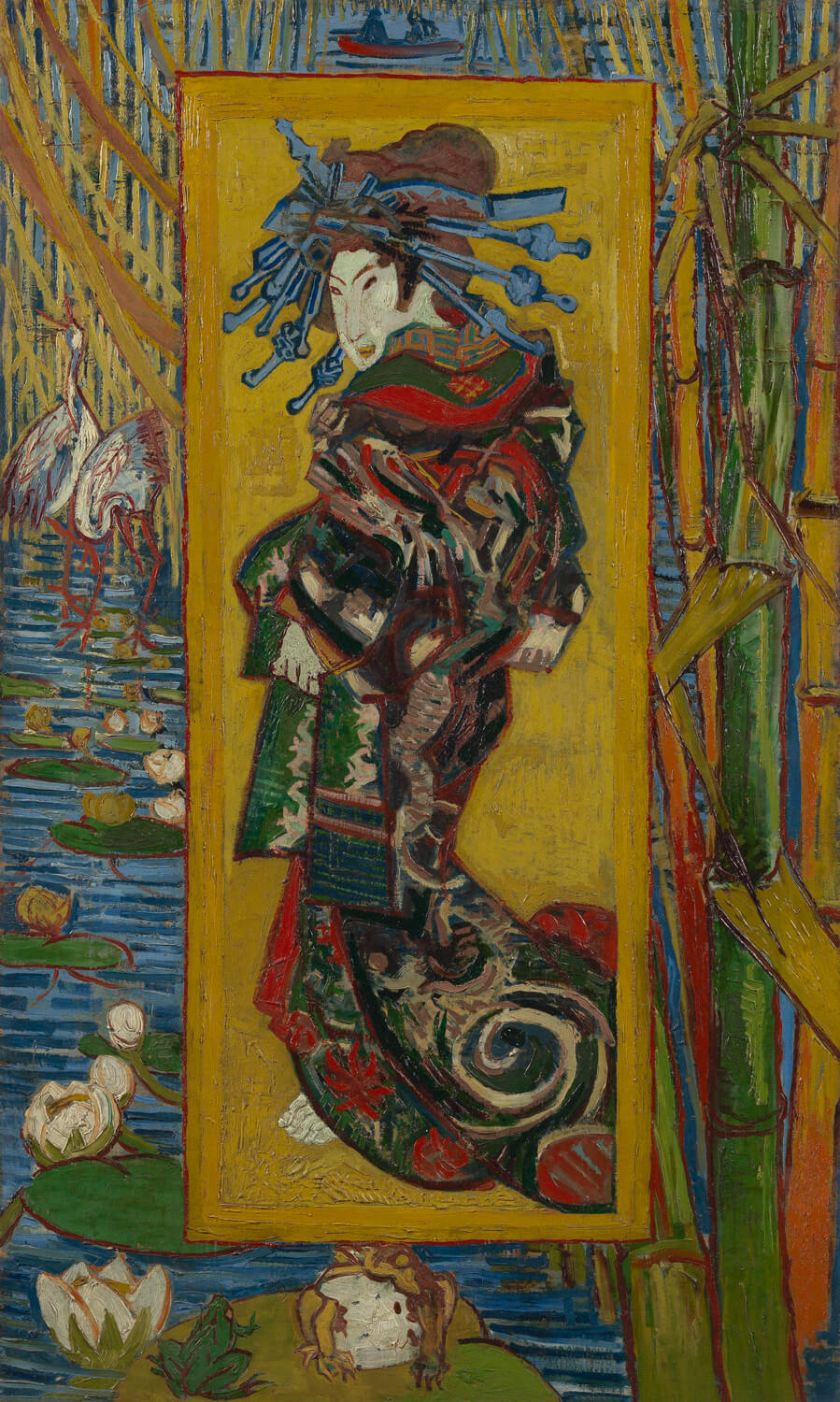
Courtesy of Van Gogh Museum, Amsterdam (Vincent van Gogh Foundation)
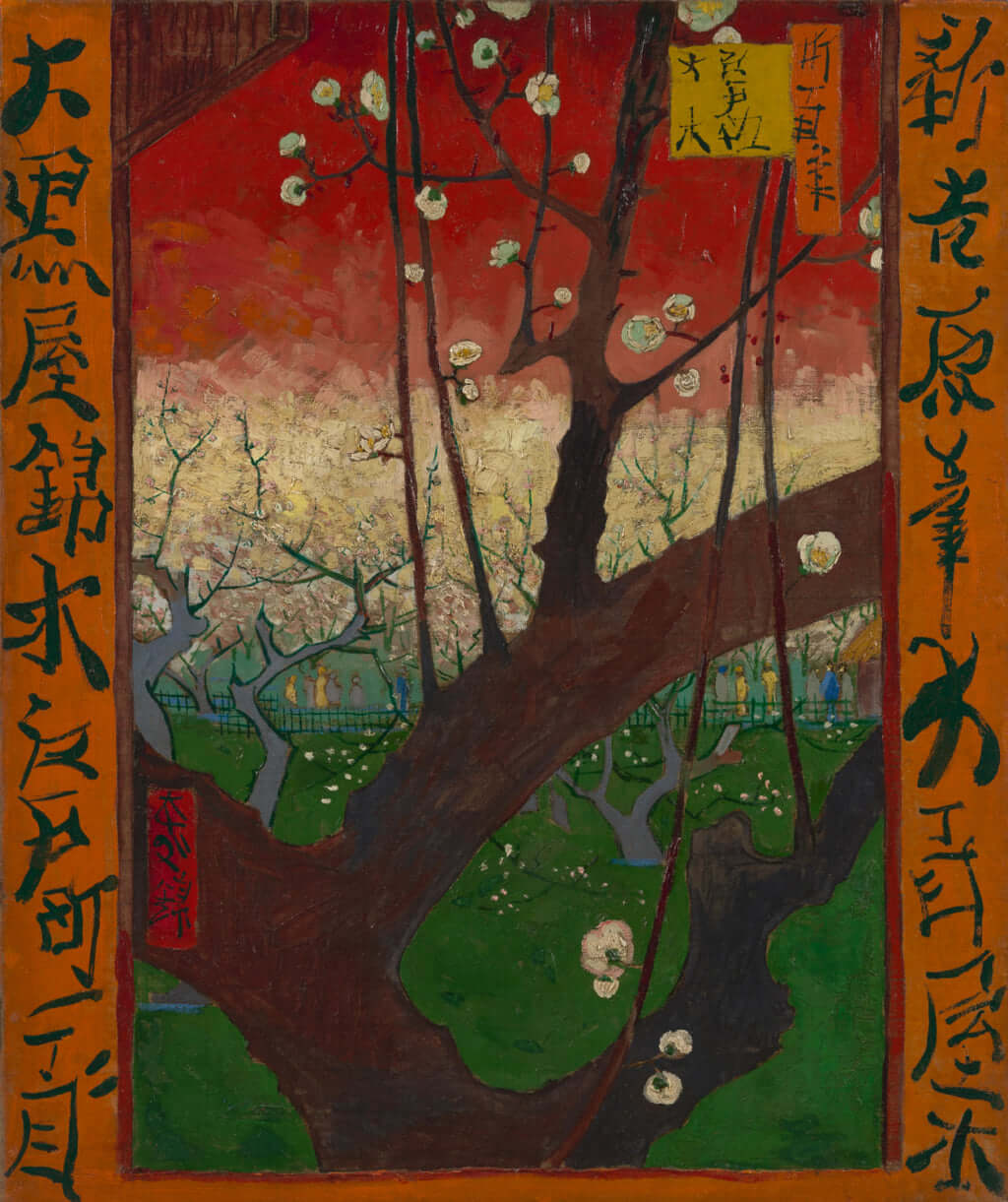
Courtesy of Van Gogh Museum, Amsterdam (Vincent van Gogh Foundation)
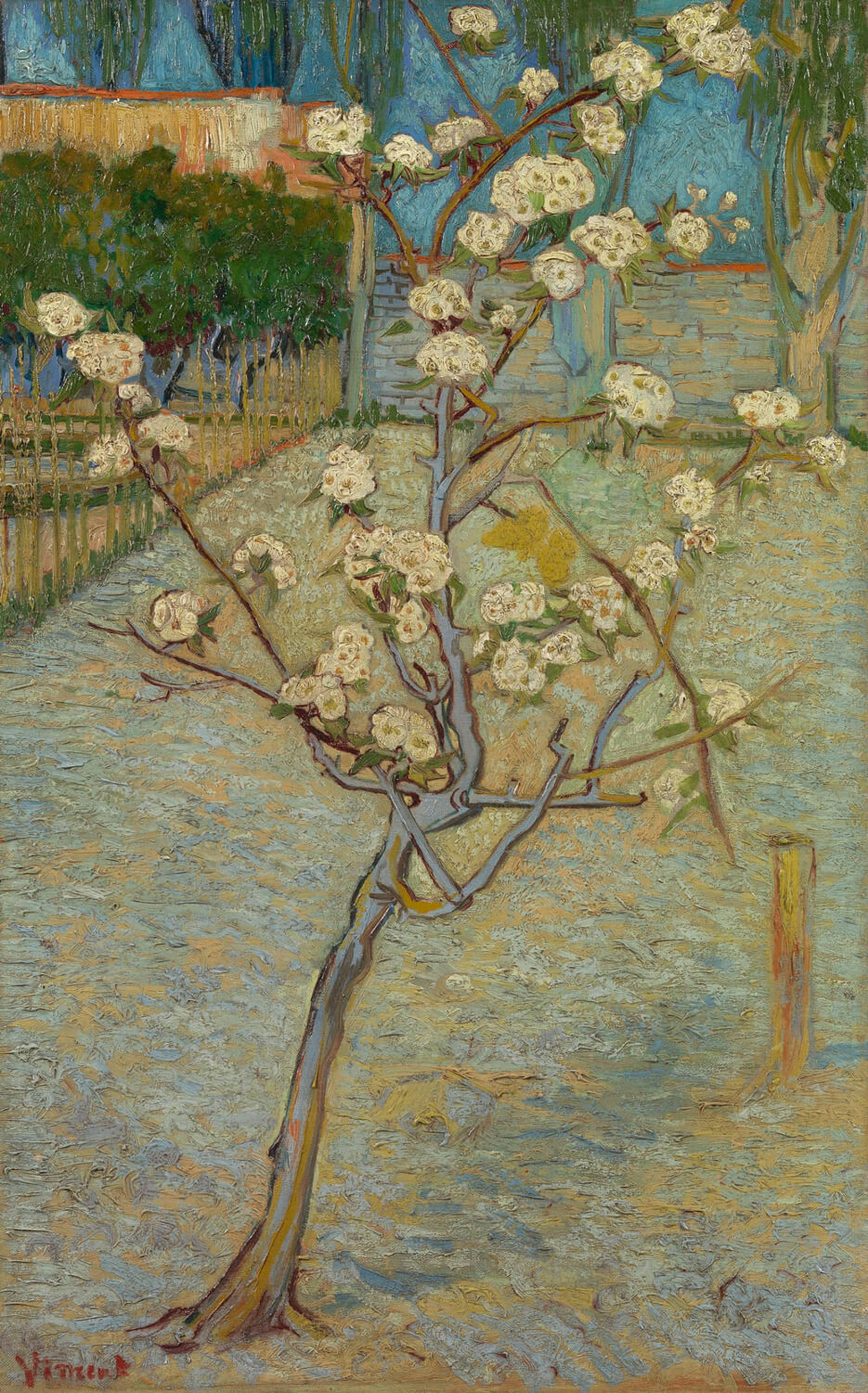
Courtesy of Van Gogh Museum, Amsterdam (Vincent van Gogh Foundation)
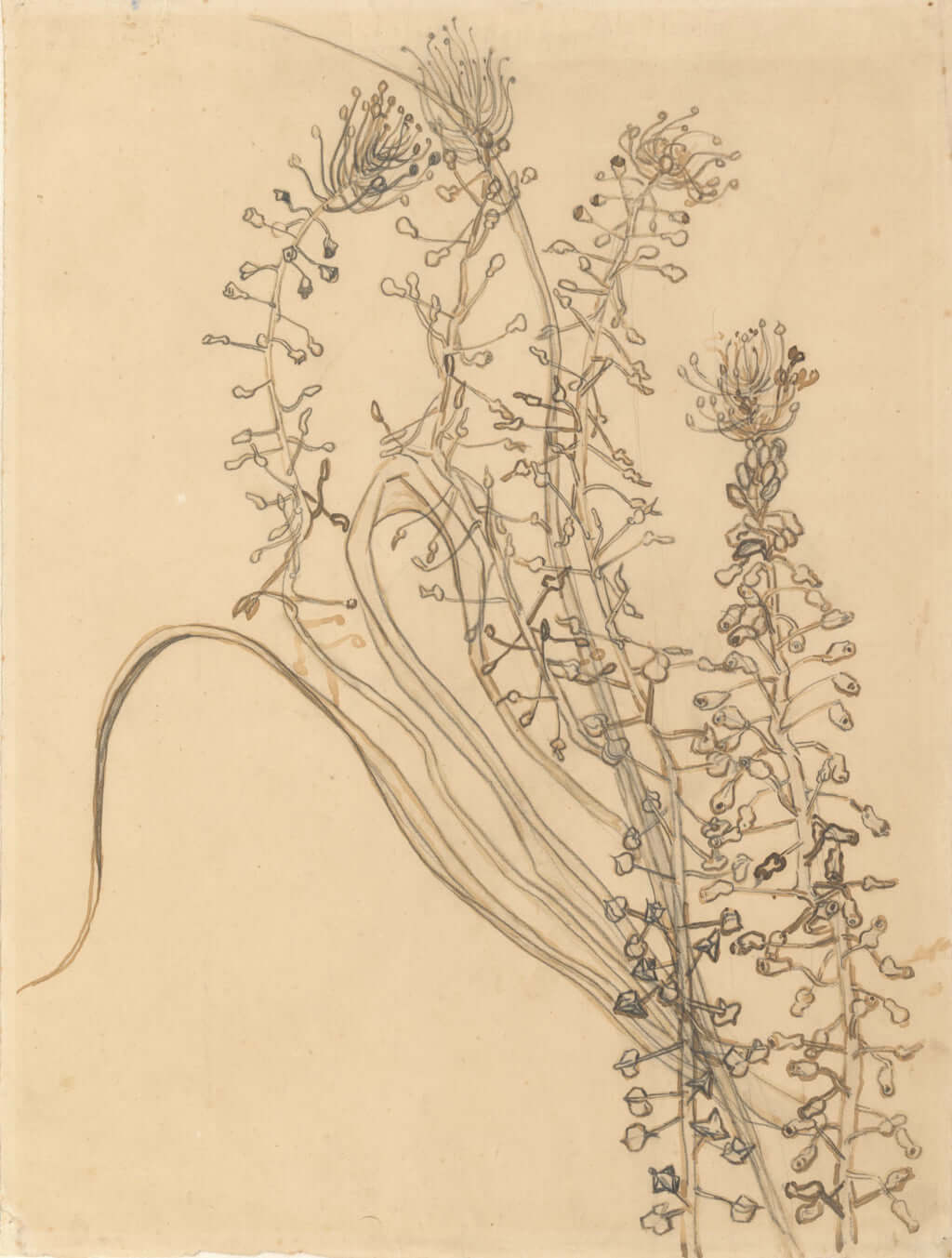
Courtesy of Van Gogh Museum, Amsterdam (Vincent van Gogh Foundation)
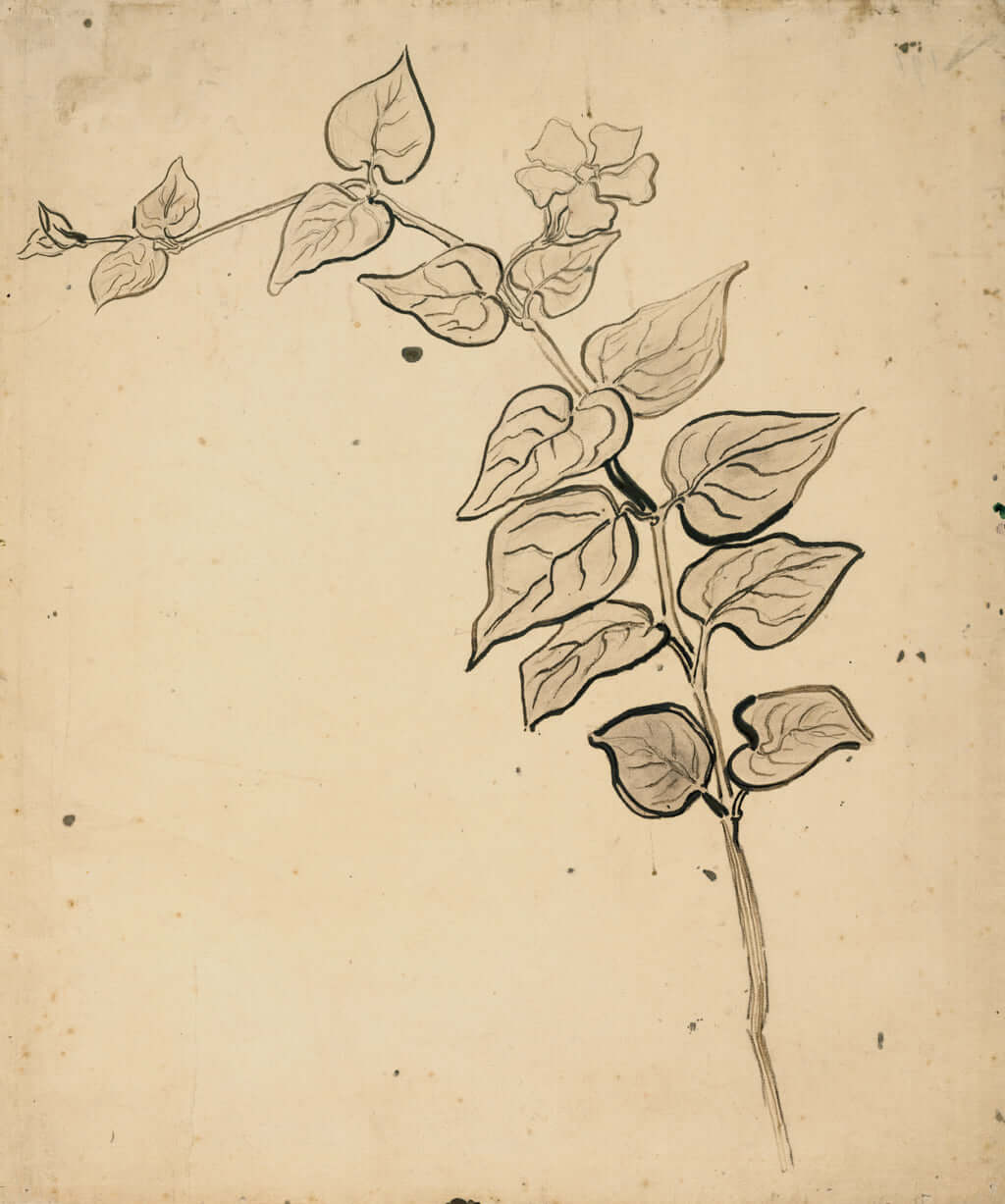
Courtesy of Van Gogh Museum, Amsterdam (Vincent van Gogh Foundation)
TRENDING
-
A Rare Japanese Garden Hidden Within Honen-in Temple in Kyoto
Visible only twice a year, ‘Empty River’, designed by landscape architect Marc Peter Keane, evokes the carbon cycle.

-
Modernology, Kon Wajiro's Science of Everyday Observation
Makeup, beard shape, organisation of cupboards and meeting places: all of these details decipher 1920s Tokyoites.

-
Colour Photos of Yakuza Tattoos from the Meiji Period
19th-century photographs have captured the usually hidden tattoos that covered the bodies of the members of Japanese organised crime gangs.

-
Recipe for Ichiraku Ramen from ‘Naruto’ by Danielle Baghernejad
Taken from the popular manga with the character of the same name who loves ramen, this dish is named after the hero's favourite restaurant.

-
Hitachi Park Offers a Colourful, Floral Breath of Air All Year Round
Only two hours from Tokyo, this park with thousands of flowers is worth visiting several times a year to appreciate all its different types.

